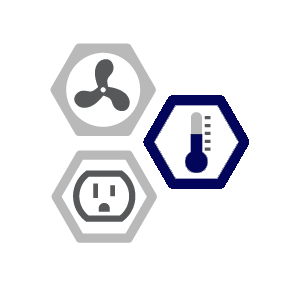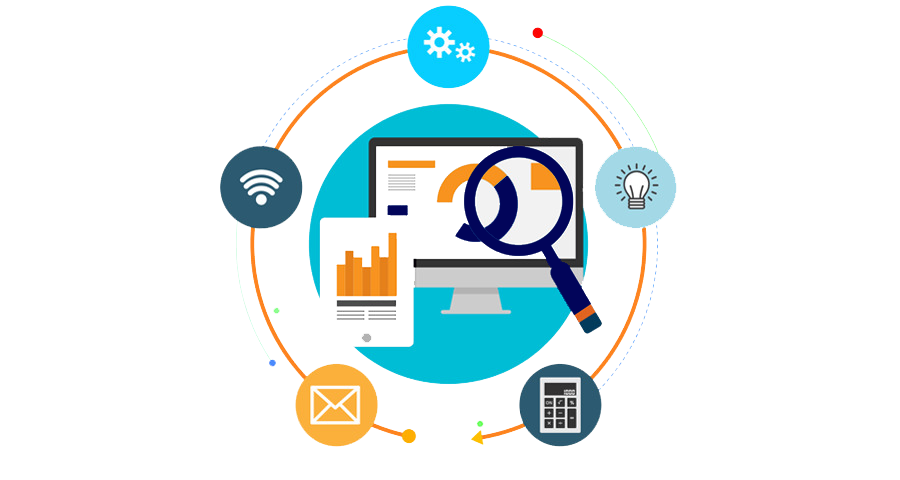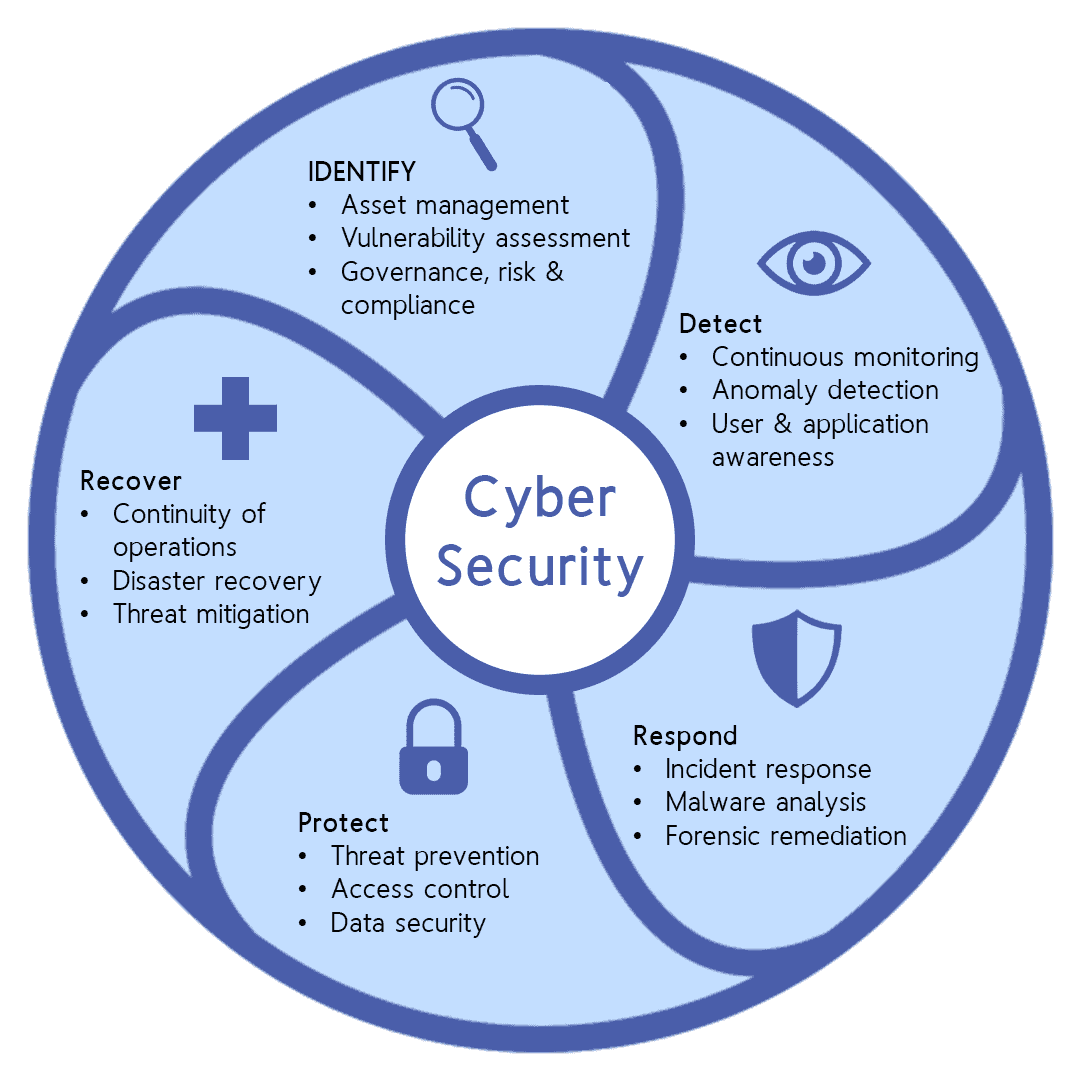IT Infrastructure Management Services

Hardware management
We manage the physical components of an organization’s IT infrastructure, including servers, network devices, and end-user devices such as laptops and desktops.
Server Management: This involves managing the servers that host an organization's applications and data.
End User Device Management: This involves managing the devices used by end-users, such as laptops and desktops, including software updates, security patches and device configurations.
Network Devices Management: This involves managing the various devices that make up an organization's network, such as routers,switches, and firewalls.
Software management
We manage the various software applications used by an organization, including application deployment, updates, and maintenance.
Application Management: This involves managing the various applications used by an organization, including configurations and maintenance.
Operationg System Management: This involves managing the various operating systems used by an organization including updates, patches and configurations.
Database Management: This involves managing the databases used by an organization including backup and recovery, security and performance optimization.


Security management
We manage the various security aspects of an organization’s IT infrastructure.
Threat Management: This involves managing the various threats faced by an organization including malware, phishing and other cyber attacks.
Access Management: This involves managing the various access controls used by an organization including user accounts, passwords and permissions.
Data Protection: This involves managing the various data protection measures used by an organization including data backup and recovery, encryption and disaster recovery.
REQUEST A FREE CONSULTATION